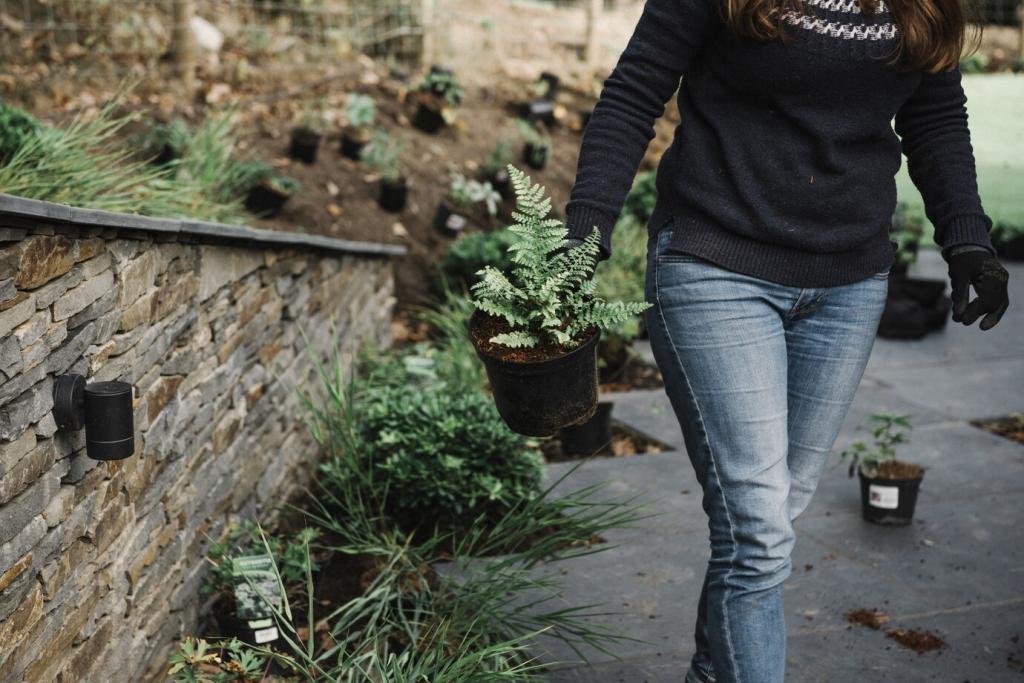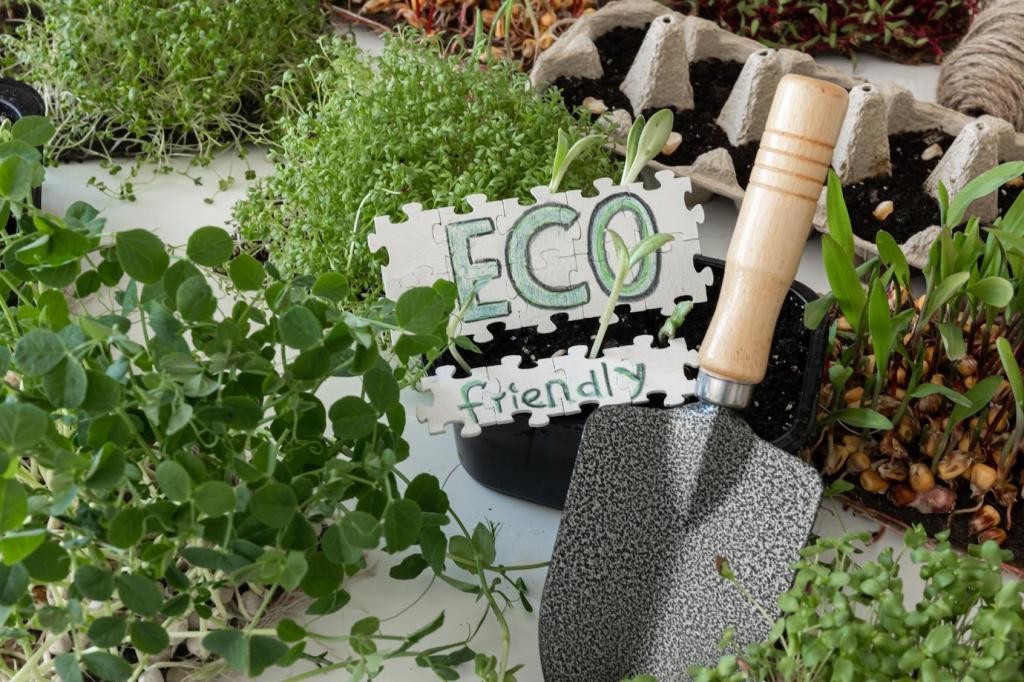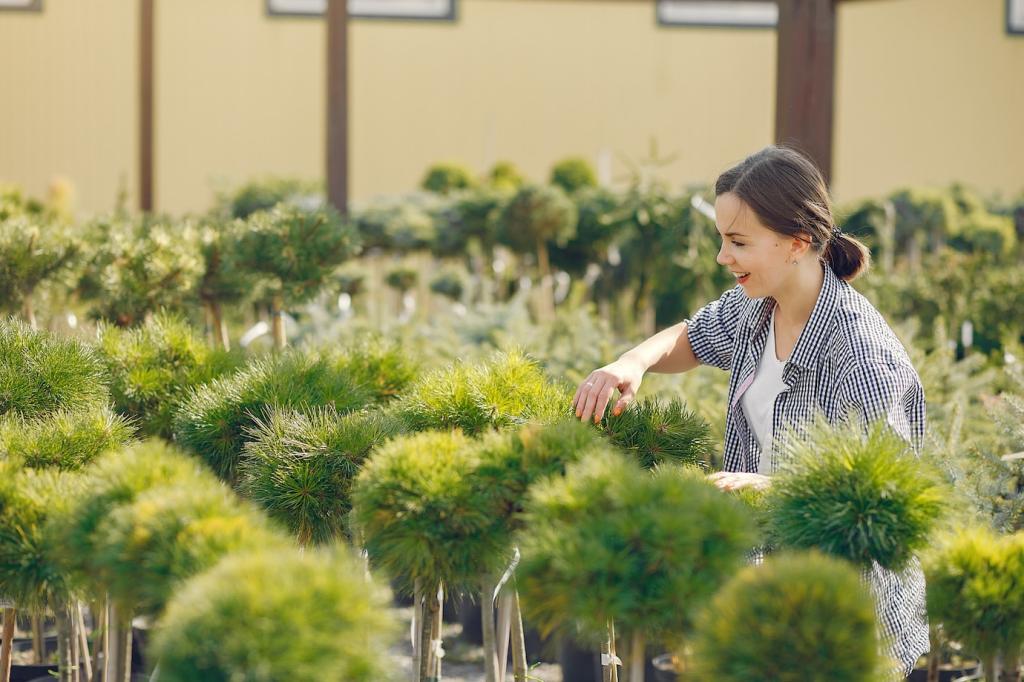Stories from the Field: Real-World Restoration
After windstorms stripped topsoil, a family farm adopted no-till and diverse covers. Within three seasons, infiltration doubled and spring ruts vanished. Earthworms returned by the bucketful. Share your turning point moment—the day you knew the soil was truly coming back to life.
Stories from the Field: Real-World Restoration
Compacted fill dirt behind a duplex became a garden using compost, mulch, and clover pathways. Roof runoff now soaks in instead of flooding neighbors. Subscribe for our urban restoration guide, and tell us which small-space tactic delivered your biggest breakthrough.







